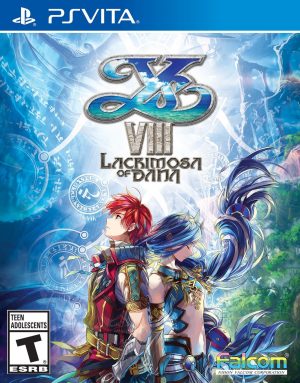
- System: Playstation Vita, Playstation 4, PC
- Publisher: NIS America Inc
- Developer: Falcom
- Release Date: September 12th, 2017
- Pricing:$39.99 (Vita), $59.99 (Playstation 4)
- Genre: Action-RPG
- Rating: T for Teen
- Players: 1
- Official Website
Who it Caters to
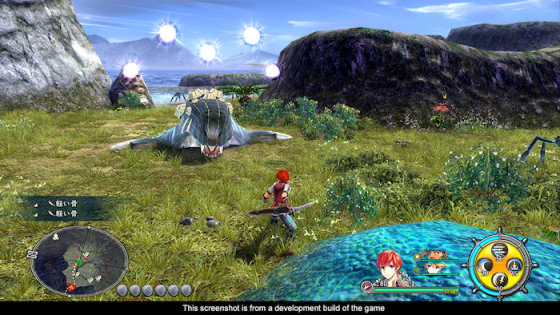
If you’re new to Ys and are intimidated by the fact that they’re connected by a cohesive story or recurring characters; don’t be. Each game is written like a new plot arc in a long running manga, where each new thread introduced is done with the expectation that there are new fans getting into it. Main character Adol is effectively a blank slate for characters to speak at and only shows flashes of personality in how you choose to respond to them. Each game covers an entirely new section of the world and rarely do old plot threads ever come back in any meaningful way that affects the current story. You don’t have to worry about missing out on extensive character building for Adol or getting caught up with recurring terminology.
What to Expect
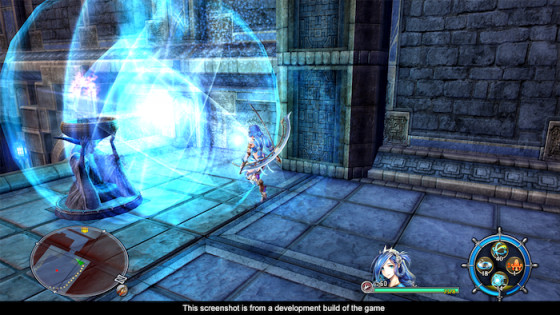
For the enemies that don’t go down in just a couple of swings, you’ll need to master the art of Flash Dodges and Flash Guards. A successful Flash Dodge (performed by dodge rolling just before you get hit by an attack) will slow the enemy down briefly and let you rack up the combos. Flash Guards (performed by guarding just before an enemy hits you) will prevent you from taking damage briefly and make all of your attacks critical hits. You probably won’t be using this on many basic, run-of-the-mill monsters, but mastery is critical for bosses and bigger enemies.
There’s no longer an entire country to explore or nation to save. Rather, you’re stranded on the mysterious Seirin Island with several other passengers on the Lombardia, and you all need to learn to make peace with one another, help each other, and figure out how to get off the island together. There’s no one to tell you where you go next or how to make it to the next city in this entry into Ys. Seirin Island is a total unknown for both you and everyone else you’re stuck with.
Ys VIII: Lacrimosa of Dana – “Mysteries of the Island” Trailer:
Story
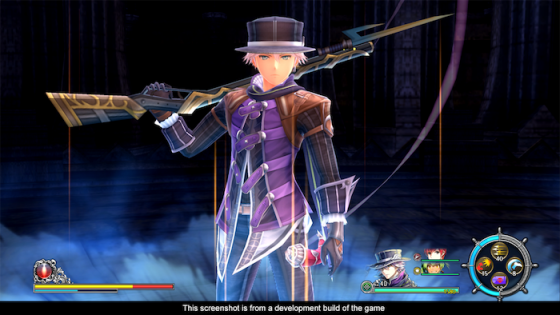
More importantly, however, is how this new setting is used to dictate the gameplay. For example, many RPGs have a crafting system where you need to use materials you find throughout the game to create better equipment or create more healing items. However, they often get undermined by the currency system in the game, where it’s generally just easier to buy new equipment with money and sell off your extra materials. However, this castaway set-up provides the perfect excuse to get rid of the monetary system while also making it feel completely natural to the world the game is trying to build. There is no currency in this game because there simply can’t be currency. You need to gather everything you need to make what you want. The story provides a believable reason for this change in gameplay without feeling ham-fisted or unnatural.
Stranding the cast on an island also provides an excellent reason to approach the plot structure from a different angle. This isn’t the first time that Ys has used a “sailing journey gone wrong” plot device to make an excuse for why Adol suddenly doesn’t have all the equipment he had in the prior game, but generally in that case it’s mainly to portray him as a fish-out-of-water in a new region of the world and for the player to learn about this area as Adol does. There are still aspects of that in Ys VIII, but Seirin Island gives the game an excuse to build up a smaller cast of characters and fit them into common roles normally delegated to uniform NPCs. Catherine is the blacksmith and will upgrade your weapons and equipment, Kiergaard is your pharmacist who’ll deal with your medicine, and so forth. Everyone has their own role in the gameplay as well as their own story, so it’s exciting to find a new character just to see what they’re going to add to the game.
If there’s one complaint to be had with the plot, however, it’s that it does take a while to get moving. The driving force of the narrative is escaping the island, so most of the game is spent wandering around, finding a new character, getting them to join your camp, then moving on to the next area. The sense of progress comes from what they add to the gameplay, but it doesn’t really feel like you’re advancing the overall goal of escaping the island that much. There is a bigger story that is hinted at throughout the course of the game revolving around Dana (as in “of Lacrimosa”), but the game takes an extremely long time to finally get to that point. The story has a bit too slow of a build for its own good, and it feels like the game is just meandering at times while it builds up your growing castaway village.
Gameplay
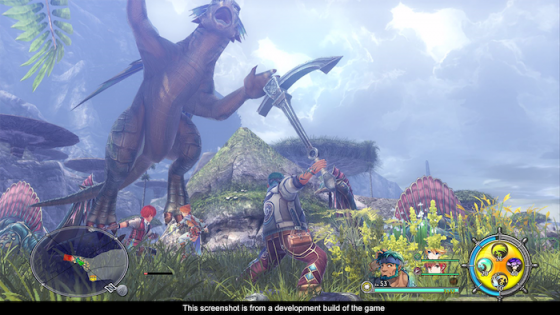
Plus, it’s not like there aren’t other benefits to combat. You have special skills that get stronger the more you use them, and, quite frankly, you need to use them a lot in order to level them up. While this is not a unique concept in and of itself, what’s nice about this is that, rather than restrict skill usage to limited resources, the game gives you ample SP from fighting enemies and reduces the cost of the attack by half if you finish off an enemy with said skill. This keeps combat from feeling too repetitive because you’ve always got something you can work on. Go on, you can abuse your skills; you’ll feel like you’re accomplishing something while never feeling like you’re just wasting time.
All of this is thanks to the game’s zippy speed. Fighting basic enemies is generally a matter of a couple of seconds, but that’s not to say you can just run slipshod without repercussions. Since you’re generally fighting groups of 4-6 enemies at once, you’ll need to keep an eye on their attacking animations and make sure that you’re taking advantage of the previously mention Flash Guard and Flash Dodge abilities to let you attack wildly without worrying about getting ganged up on. Enemies will generally telegraph what attack they’re going to use pretty far in advance, so you’ll need to pay attention and learn their patterns. You want to avoid being forced into using healing items, as those are either limited to what you actually find around the world, or, in the case of the food you can make, the time of their added bonus effects. If you’re just in desperate need of healing and you can find a quiet space, you can just stand and wait to heal, but once your HP starts getting too high it’s not recommended you do this due to how slow it feels. Suffice it to say, for combat that only lasts seconds, Ys VIII gets a lot of mileage out of those few seconds.
The world design is fairly interesting as well, as it has a bit of a Metroidvania feel with how you need to remember to return to certain points when you enough people in your village to help you move obstructions from your path. This adds another great gameplay purpose for finding people in the game, as you have a tangible need for them to get through the game beyond just their service in the town. The systems feed off each other: you’re exploring to find the other survivors of the wreck, which in turn will open up the field of exploration to find more survivors.
There is one issue with the exploration, however. While the areas themselves feel fairly organic (largely due to being able to see adjacent sections of the map that you can eventually access without it looking any different from when you saw it), the map system can be somewhat confusing at times. You have two different types of maps: the world map and what can only be described as your directional map. If you check your world map, you can see the layout of the entire land while also checking each section of the map. The directional map only lets you view the section of the map you are in and the connecting areas to it. You will want to check the world map because it’s easier to see which way you need to go if your destination is far off. However, the directional map is easier to access and isn’t as cumbersome to sift through, so when you’re just checking where you are, you’re going to check that. The issue is that the world map will never not be pointing due north, while your directional map will always be pointing in the direction you are facing. You can change it to face due north as well, but you have to do so every time you open it up. This makes it feel like there’s a real inconsistency between the two different maps and can occasionally make exploring a real headache when you don’t realize which way you’re supposed to be going.
Honey's Gameplay Consensus:
Honey's Pros:
- Unique setting gives it an identity all its own – even within its own franchise
- Quick combat system that keeps you on your toes without feeling overwhelming
- Rewarding currency system that forces the player to make due with crafting
- Story that takes advantage of the unique setting and creates an interesting gameplay experience
- Excellent soundtrack
- Meaty game length
Honey's Cons:
- Story takes a while to go anywhere and might be too slow-paced for some
- Confusing map system that, while certainly workable, feels like you’re fighting it more often than not
Honey's Final Verdict:

